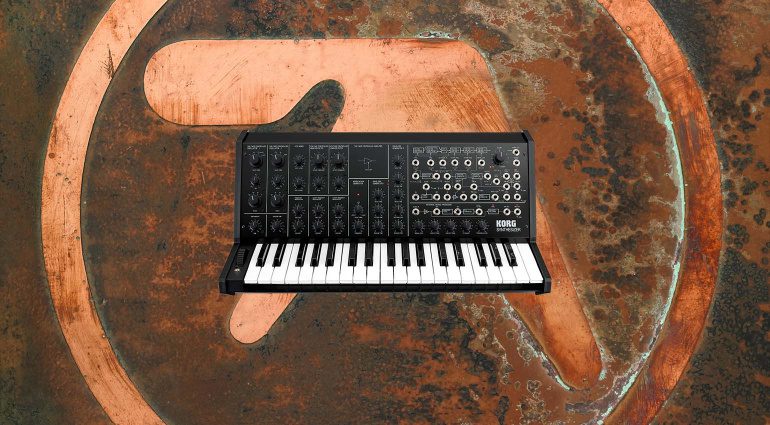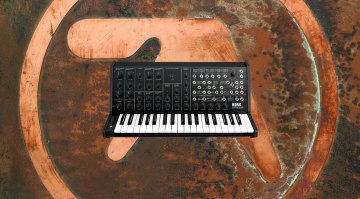Curious about Aphex Twin’s synthesizers on his two landmark ambient albums? You might be surprised how ordinary they are…
Aphex Twin Synthesizers
Few artists have been as influential as Aphex Twin. The man named Richard D. James has left an indelible mark on electronic music, helping advance genres like IDM, techno, drill and bass and ambient.
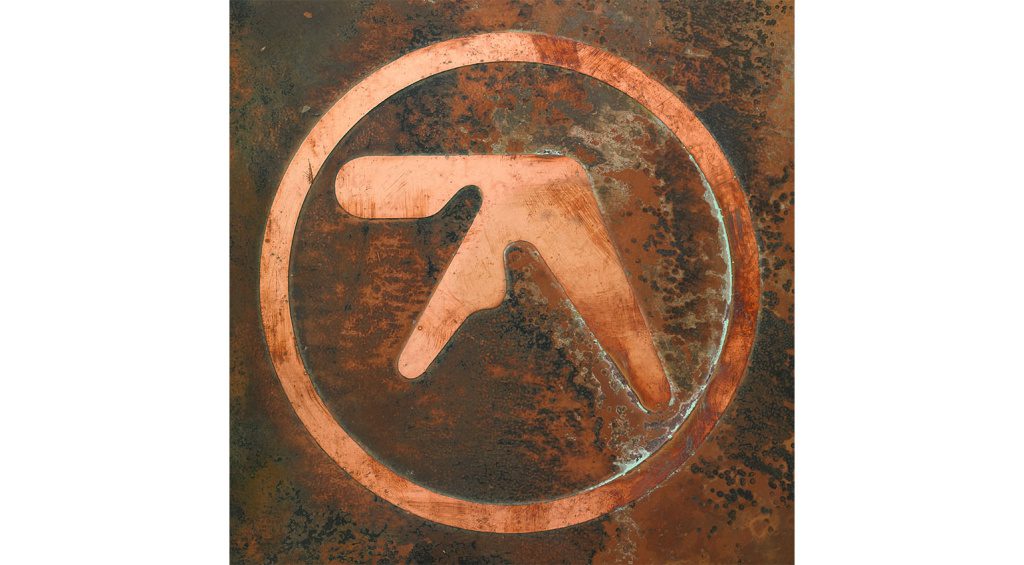
It’s the last one there that we’ll be focusing on today. Selected Ambient Works 85-92 from 1992 and 1994’s Selected Ambient Works Volume II are both titans in 1990s electronic music. Made in the early days of his career, they nonetheless have all the hallmarks of Aphex Twin: haunting melodies, surprising song structures and plenty of synthesizers.
Although famous now for owning pretty much every synth ever made, in these formative days Aphex Twin synthesizers were fairly run-of-the-mill. You might be surprised by just how common his early arsenal was. All the more impressive that he was able to make such groundbreaking music with them.
Let’s dive deep into the synths behind the sounds of these two albums.
Aphex Twin Synthesizers: Selected Ambient Works 85-92
Selected Ambient Works 85-92 appeared on R&S Records in 1992. A compilation of James’ early tracks (he was just 14 in 1985!), they nonetheless show an artist who already had a very unique style and vision.
Much of the information for this comes from an interview James did in 1993 with Future Music.
Aphex Twin Synthesizers: Korg MS-20
In the article, James states that he had a Korg MS-20. Three of them, in fact. “It’s a mad keyboard, it’s got a great range of sounds,” he said. The two-oscillator MS-20 is from 1978 and doesn’t get nearly enough credit for shaping the sound of modern electronic music. With its screamy filters (yes, screamy not creamy) and ring modulator, it’s the punkest of the early synths. It’s no surprise it was favored by groups like Einsturzende Neubauten and KMFDM as well as the early Detroit techno guys.
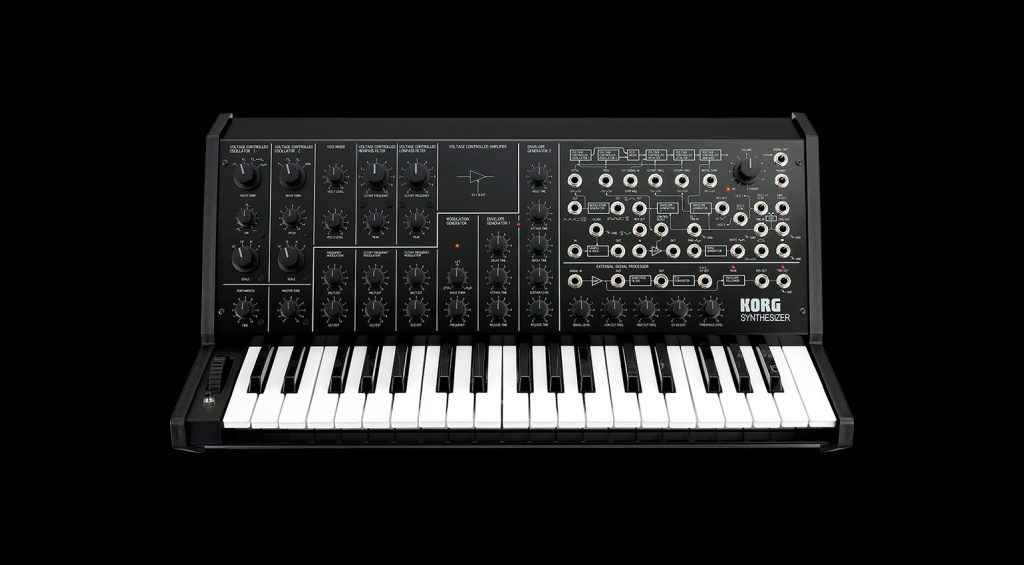
There’s no shortage of MS-20 remakes from both Korg itself (MS-20 Mini and the various full-size variants), as well as Behringer (K-2). On the soft side, there are emulations by Arturia (MS-20 V), Cherry Audio (PS-20) and Korg (MS-20 V2).
Aphex Twin Synthesizers: Roland SH-101
Another analog monosynth in the early Aphex studio was the Roland SH-101. Extremely popular with dance music producers since the late 1980s, the SH-101 was like the big brother of the TB-303. It also had a sequencer and could squelch with the best of them.
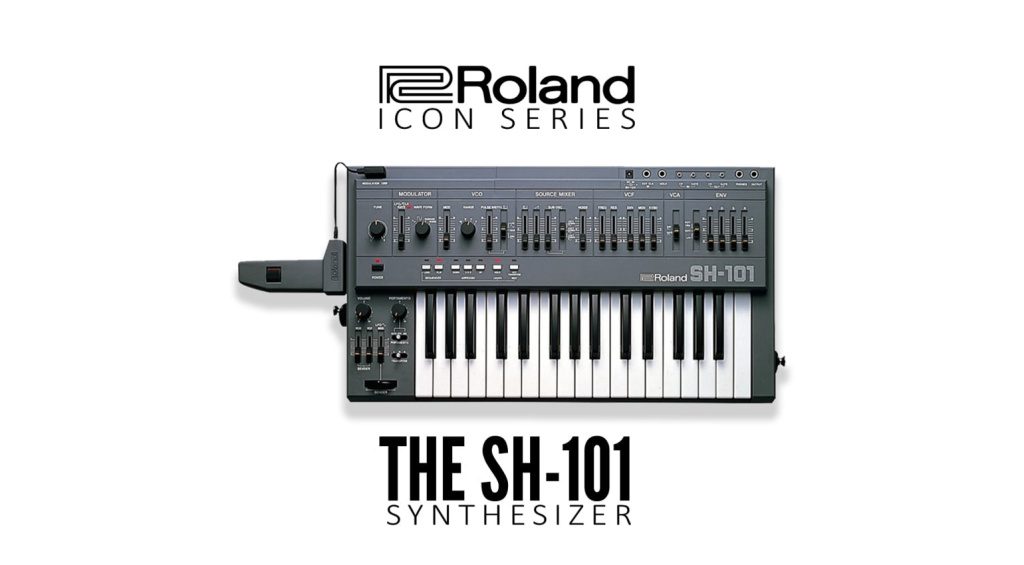
James likely used the SH-101 as much for its sequencer as for its sound. “It doesn’t look like a 101 anymore – I use the sliders, but for different things,” he said in the 1993 interview. It’s hard to know how much he’s embellishing here. James was known to indulge in a bit of myth-making in his time. “According to Tom Middleton (who fell out with Richard before I met him) the whole ‘makes his own equipment’ line was bullsh*t to fool journos,” said Mike Paradinas in 1999 on Joyrex.com. “I certainly never saw any evidence to support it.”
The SH-101 is another synth with plenty of modern recreations. Roland makes the Boutique SH-01A and Behringer has its MS-1 MKII. On the software side, there are endless versions, including the Roland Cloud SH-101, Softube Model 82 and D16 Group LUSH-2.
Aphex Twin Synthesizers: Yamaha DX7/DX100
For polyphonic sounds, James used two Yamaha FM synths, the DX7 and DX100. While the six-op DX7 has been used by just about everybody, from synth-pop stars to Brain Eno, it is a little surprising that James would use such a ‘normal’ synth for his music.
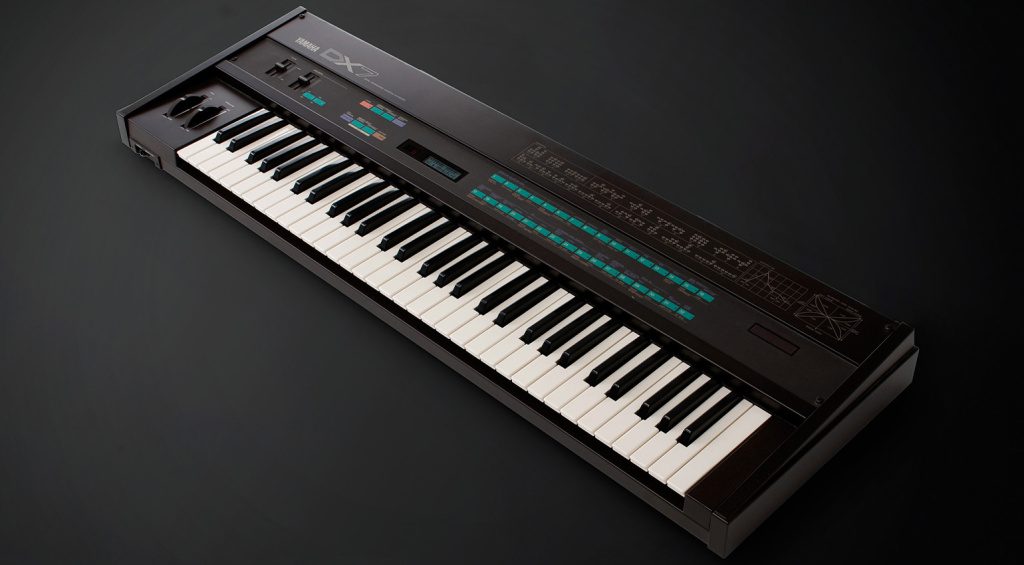
Less surprising is the DX100. A four-op synth and part of the same DX21/DX27 family, the DX100 was caned by the Detroit techno guys, especially Derrick May. Grittier than the DX7, it also had one of the most famous dance music presets of all time, Solid Bass.
There’s no shortage of DX7 emulations in our modern world. On the hardware side, Korg’s Volca FM does a remarkable job of recreating the Yamaha ‘80s classic in affordable VHS-sized form. On the software side, Arturia’s DX7 V takes the original and adds to it with additional modulation capabilities and effects. For a more authentic reproduction, try the freeware Dexed.
As for the DX100, there’s no true clone but you could try an alternative four-op synth like Yamaha’s Reface DX, Digitone from Elektron or Sonicware’s Liven XFM.
For more on the sound of Selected Ambient Works 85-92 including the sampler and reverb that James used, check out this article, The Wizard of IDM: How to Sound Like Aphex Twin.
Aphex Twin Synthesizers: Selected Ambient Works Volume II
In 1994, Aphex Twin followed up his first ambient album with Selected Ambient Works Volume II. A surprise hit, the double album of quiet (and sometimes unsettling) ambient tracks positioned James as the Gen X Brian Eno or even John Cage, more than just a rave-era edgelord and perhaps even something of a – dare I say it – genius.
This year (2024) is the 30th anniversary of the album and so Warp Records has a big re-release planned. You can read all about that here if you haven’t already heard. But how about Aphex Twin’s synthesizers? What did he use to make such uncanny sounds?
Aphex Twin Synthesizers: Oberheim Matrix-1000
Well that’s given it away, hasn’t it? Yes, the general consensus is that James made use of an Oberheim Matrix-1000 to do the bulk of the sounds on Volume II. Didn’t see that one coming, did you?
A rackmount analog poly from 1988, the Oberheim Matrix-1000 is part of the same group of synths that included the Matrix-6 and Matrix-6R. With six voices and 12 DCOs, it was smooth and clean – two words that you normally wouldn’t associate with the grimy and hazy Selected Ambient Works Volume II.
Unusually, the Matrix-1000 was a preset-only device. Although it had the same architecture as the fully programmable Matrix-6 and 6R, the 1000 was meant to be used like a sound bank expander. Sold at a budget price, it featured 800 factory patches plus 200 user slots. Yes, you could make your own sounds but only if you had an external MIDI editor – not so common at the time.
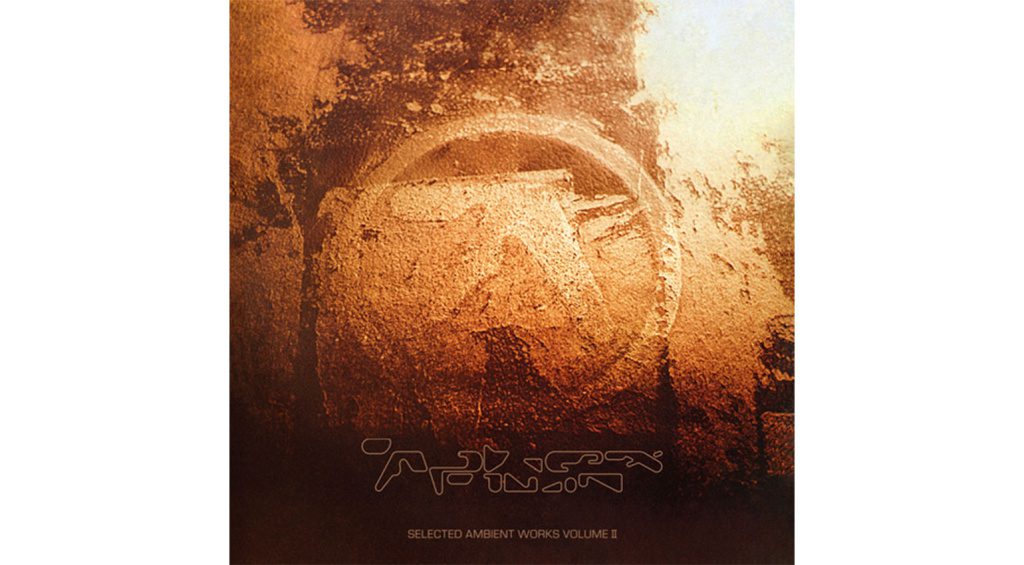
Being an Oberheim, the Matrix-1000 sounds great and makes a solid investment now thanks to the prevalence of MIDI controllers and computer-based editors. However, emulations remain elusive. Two possible instruments to get you close to the Matrix-1000 vibe include Novation’s Peak and the Sequential Prophet Rev2.
As for why Selected Ambient Works Volume II sounds so otherworldly, that’s because Richard recorded everything to four-track cassette and then used varispeed techniques to create unusual tunings.

